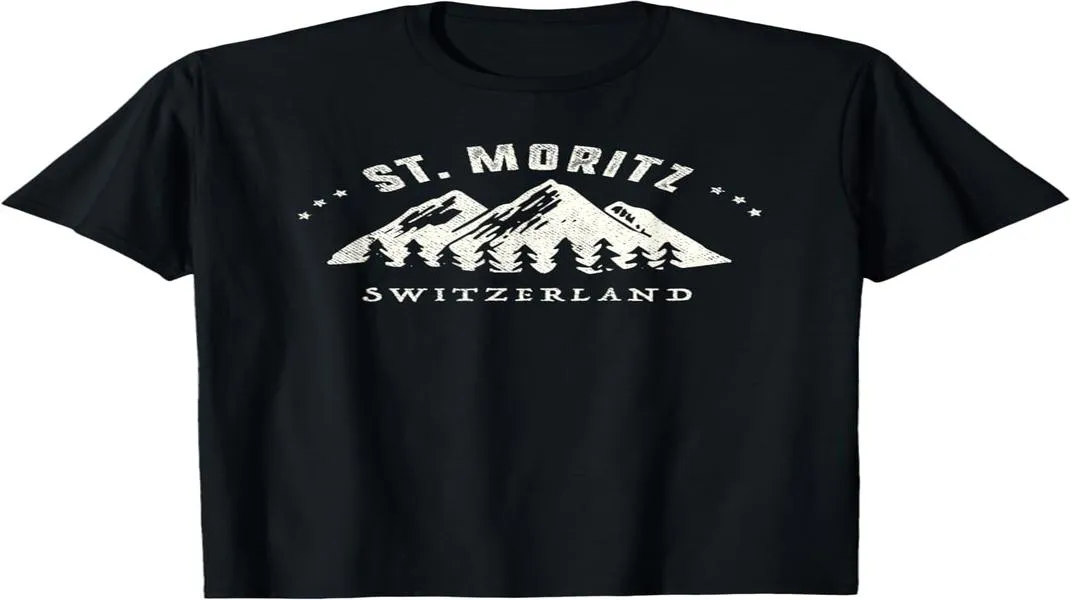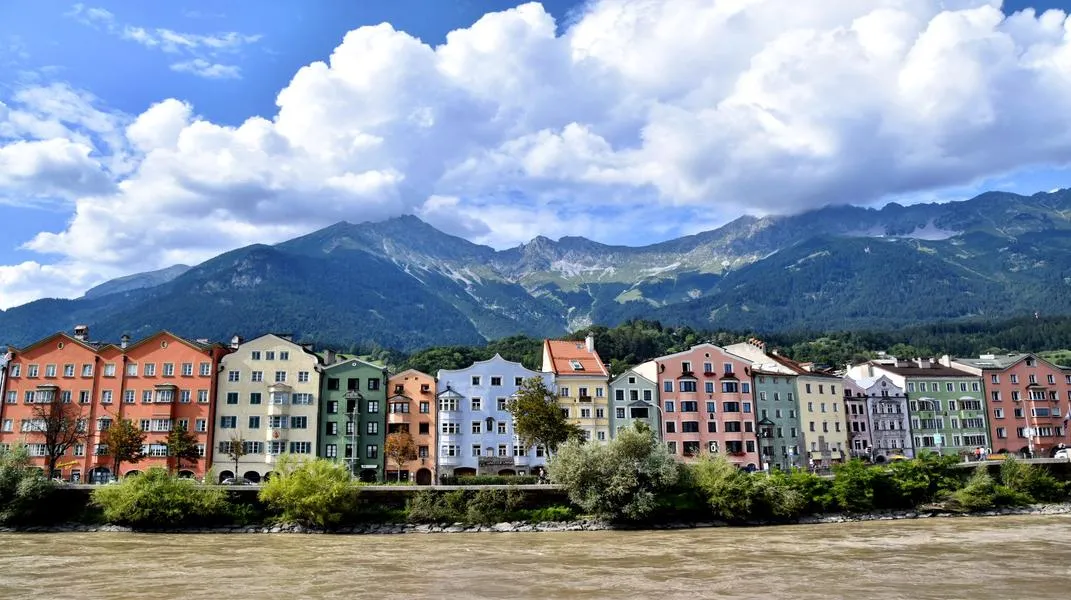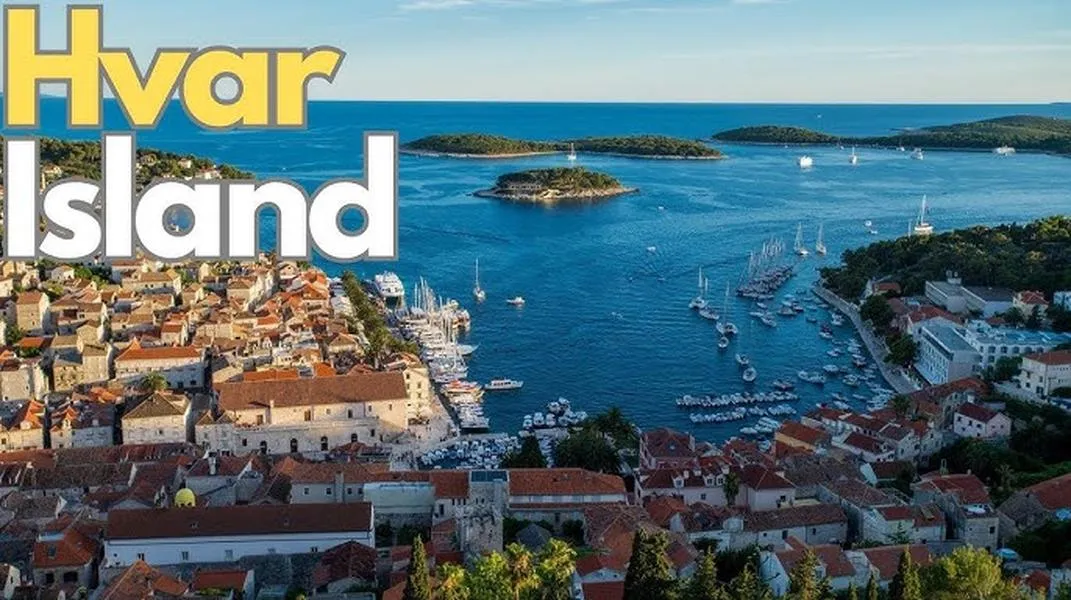St. Moritz: A Jewel in the Swiss Alps
Nestled in the heart of the Swiss Alps, St. Moritz is not just a destination; it is an experience. Known for its breathtaking scenery, luxurious amenities, and a plethora of outdoor activities, St. Moritz has long been a favorite among the elite and adventurers alike. This article will explore the allure of St. Moritz, covering its history, attractions, and essential materials to prepare for a visit.

A Brief History of St. Moritz
St. Moritz’s history stretches back to the Bronze Age, but it gained prominence in the 19th century when it became a fashionable winter resort. The first winter sports hotel, the Kulm Hotel, opened in 1856, and the first organized winter sports event took place in 1864. Since then, St. Moritz has hosted two Winter Olympics (1928 and 1948) and has established itself as a leading location for winter sports. But beyond its winter allure, St. Moritz is a year-round destination, offering stunning landscapes and outdoor activities in both summer and winter.
The Allure of St. Moritz
Natural Beauty
St. Moritz is surrounded by the majestic peaks of the Swiss Alps, with elevations reaching over 2,500 meters (8,200 feet). The area is characterized by its pristine lakes, including the famous Lake St. Moritz, which reflects the stunning mountain vistas. The unique microclimate of St. Moritz is another highlight; it boasts over 300 days of sunshine a year, making it an inviting destination regardless of the season.
In summer, the landscape transforms into a vibrant tapestry of green meadows, wildflowers, and crystal-clear lakes, perfect for hiking, mountain biking, and water sports. In winter, the snow-capped peaks create a magical wonderland, ideal for skiing, snowboarding, and other winter sports.
Luxury and Leisure
St. Moritz is synonymous with luxury. The town is home to high-end boutiques, gourmet restaurants, and five-star hotels. Visitors can indulge in world-class dining experiences featuring Swiss cuisine as well as international flavors. The town also hosts various events, including the annual St. Moritz Gourmet Festival, which attracts top chefs from around the globe.
For those seeking relaxation, the town offers a range of wellness spas and facilities, allowing visitors to unwind after a day of adventure. The famous mineral springs of St. Moritz have been attracting wellness seekers since the 19th century, enhancing the town's reputation as a health retreat.
Outdoor Activities
St. Moritz is a paradise for outdoor enthusiasts. In winter, the area boasts over 350 kilometers of ski slopes, ranging from beginner to expert, with the famous Corviglia ski area being the most popular. The area also offers opportunities for snowboarding, cross-country skiing, ice skating, and even bobsledding on the Olympic track.
In summer, the region transforms into a haven for hikers, cyclists, and nature lovers. The extensive network of trails offers routes for all levels, with options for leisurely walks around the lakes or challenging hikes up to mountain peaks. Mountain biking trails wind through the stunning landscapes, while water sports enthusiasts can enjoy sailing, windsurfing, and paddleboarding on the lake.
Cultural Attractions
Beyond its natural beauty, St. Moritz boasts a rich cultural scene. The Segantini Museum, dedicated to the works of the painter Giovanni Segantini, is a must-visit for art lovers. The museum showcases Segantini’s masterpieces and offers insights into his life and artistic journey.
Additionally, the Engadine Museum provides a glimpse into the region's history and culture, featuring exhibits on local traditions, customs, and crafts. For those interested in architecture, the Church of St. Mary, with its striking Romanesque style, is worth a visit.
Preparing for Your Visit to St. Moritz
To ensure a smooth and enjoyable visit to St. Moritz, proper preparation is essential. Below is a detailed list of materials and considerations for your trip.
1. Travel Arrangements
Transportation:
- Air Travel: The nearest major airport to St. Moritz is Zurich Airport (ZRH), approximately 200 kilometers away. From there, you can take a train to St. Moritz, which offers a scenic journey through the Swiss countryside.
- Train Travel: The Swiss rail system is efficient and reliable. Consider purchasing a Swiss Travel Pass for unlimited travel on trains, buses, and boats within Switzerland.
- Car Rental: If you prefer flexibility, renting a car is an option. However, keep in mind that parking in St. Moritz can be limited during peak seasons.
2. Accommodation
Hotel Booking:
- Luxury Hotels: Consider booking a stay at one of St. Moritz’s renowned hotels, such as the Badrutt's Palace Hotel or Kulm Hotel.
- Chalets and Apartments: For a more personalized experience, consider renting a chalet or apartment through platforms like Airbnb or local agencies.
3. Outdoor Gear
Winter Gear (if visiting in winter):
- Ski Equipment: If you plan to ski or snowboard, ensure you have the necessary gear. You can rent equipment from local shops if you prefer not to travel with your own.
- Warm Clothing: Layering is key in the Alps. Pack thermal base layers, waterproof jackets, insulated gloves, hats, and scarves.
- Footwear: Waterproof and insulated boots are essential for navigating snowy terrain.
Summer Gear (if visiting in summer):
- Hiking Attire: Lightweight, moisture-wicking clothing is ideal for hiking. Don’t forget comfortable hiking boots.
- Sun Protection: Bring sunscreen, sunglasses, and a wide-brimmed hat to protect yourself from the sun's rays.
- Swimwear: If you plan to enjoy the lakes, pack a swimsuit for a refreshing dip.
4. Health and Safety
Travel Insurance:
- Consider purchasing travel insurance that covers outdoor activities, especially if you plan to engage in skiing or hiking.
First Aid Kit:
- A basic first aid kit with band-aids, antiseptic wipes, pain relievers, and any personal medications is advisable.
5. Currency and Payment
Swiss Francs (CHF):
- The local currency is the Swiss Franc. While credit cards are widely accepted, carrying some cash for small purchases is advisable.
6. Local Etiquette and Customs
Language:
- The primary language spoken in St. Moritz is German, but Italian and English are also commonly spoken. A few basic German phrases can enhance your interactions with locals.
Dining Etiquette:
- Tipping is not mandatory, but rounding up the bill or leaving a small tip is appreciated.
7. Itinerary Planning
Must-See Attractions:
- Plan your itinerary to include key attractions such as the Segantini Museum, the Engadine Museum, and the Church of St. Mary.
- Allocate time for outdoor activities based on your interests, whether skiing in winter or hiking in summer.
8. Weather Considerations
Seasonal Variations:
- Check the weather forecast before your trip, as conditions can change rapidly in the mountains. Dress in layers to adapt to varying temperatures.
Conclusion
St. Moritz is a destination that captivates with its stunning natural beauty, luxurious offerings, and an extensive range of outdoor activities. Whether you seek adventure on the slopes, relaxation in a spa, or cultural enrichment at a museum, St. Moritz has something for everyone.
By preparing adequately with the right materials and a well-thought-out itinerary, you can ensure that your visit to this Swiss gem is both memorable and enjoyable. Embrace the breathtaking landscapes, indulge in world-class dining, and immerse yourself in the rich culture of St. Moritz, and you will undoubtedly leave with unforgettable memories of your Alpine adventure.




